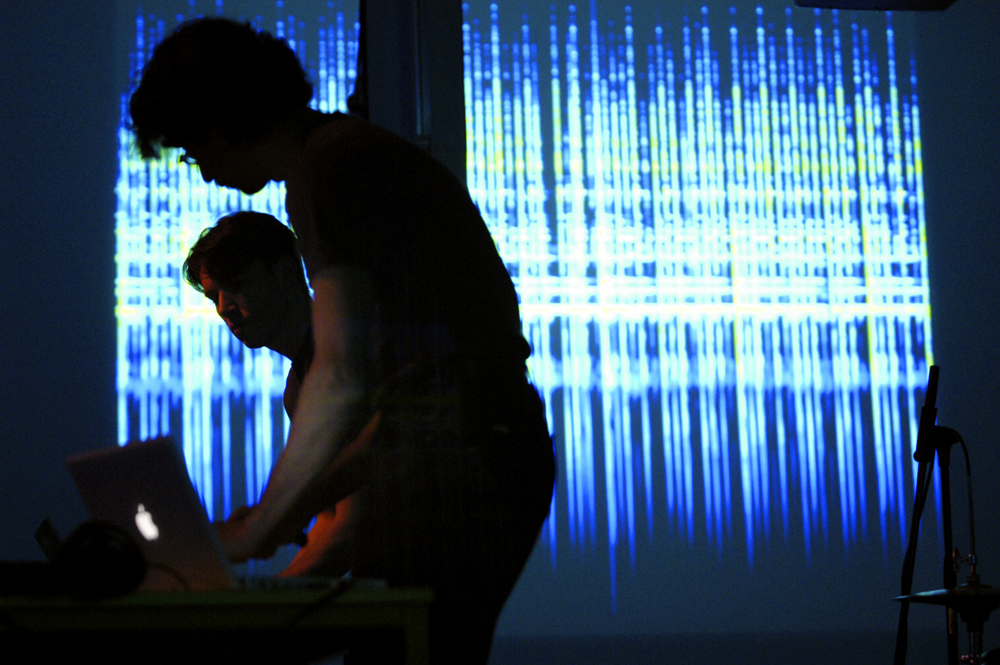
Silophone
[the user]
Live ISDN drone performance resonating between Dundee and an empty Montreal Grain Silo.
Arika have been creating events since 2001. The Archive is space to share the documentation of our work, over 600 events from the past 20 years. Browse the archive by event, artists and collections, explore using theme pairs, or use the index for a comprehensive overview.

Live ISDN drone performance resonating between Dundee and an empty Montreal Grain Silo.

For day three of Ultra-red’s project, the investigation will take up protocols for listening to the sound of freedom composed and facilitated by Nancy Nevárez.

Radical transfeminism aims to hold the space for finding relations between the ruins of the everyday. Emerging from the debris, spaces for politics find form as poetics to carry understandings, actions and be/longings.
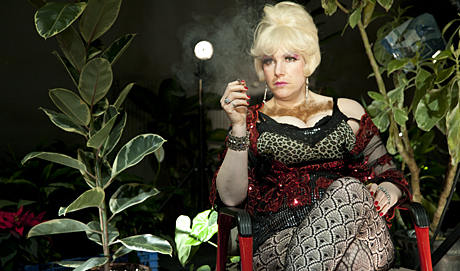
Trans-temporal drag, sexuality and the re-staging of illegible moments in history.
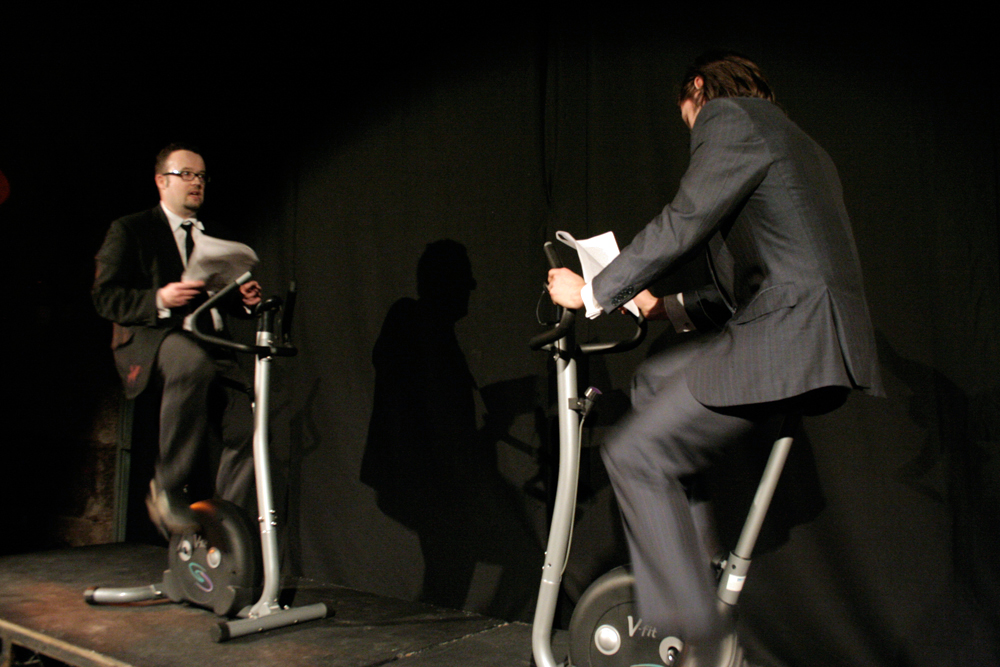
Simon Morris is joined by Nick Thurston as they attempt to read aloud whilst peddling on exercise bikes.

This programme is a celebration of Charlemagne Palestine; passionate, extravagant, visceral. Including two sections from Ritual dans le Vide, an extension of his ‘running camera’ works of the 70’s and Pip Chodorov’s vibrant workout of a live version of Strumming Music.

Wordless, reverb drenched voice, ghosted electronics, seething and ferocious electronic damage and Patty Waters style vocal mania.

Complexly interacting colossal drones by the creator of some of the most legendary yet least heard music of the 70’s.
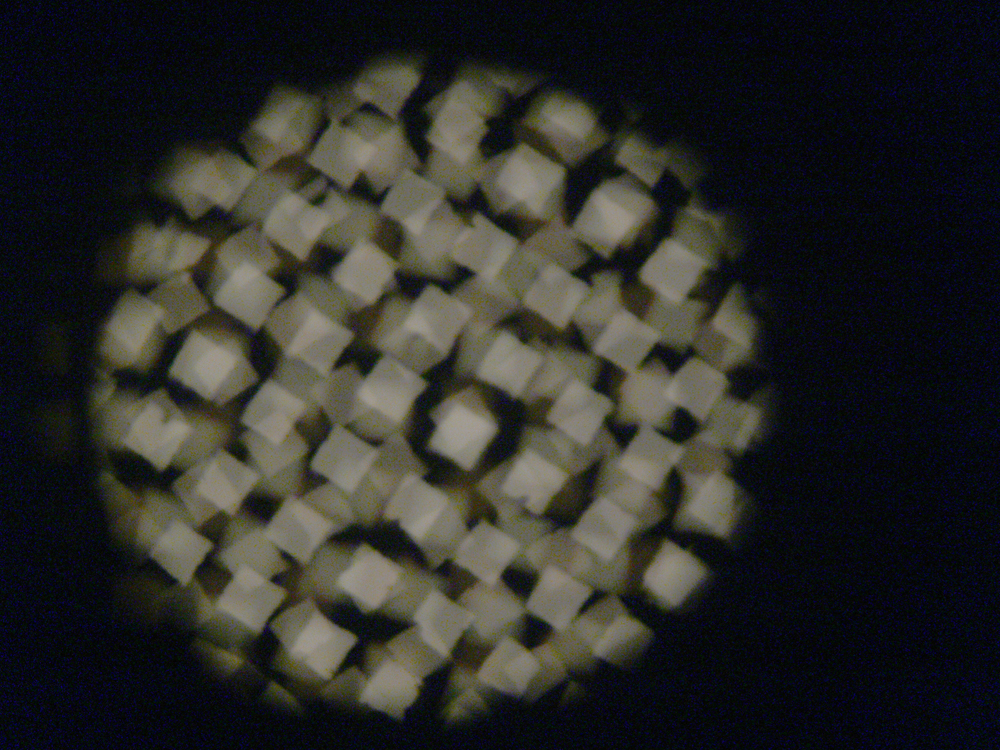
A stroboscopic and intense sensory overload of flashing abstract forms, cut to ribbons by modified projectors.
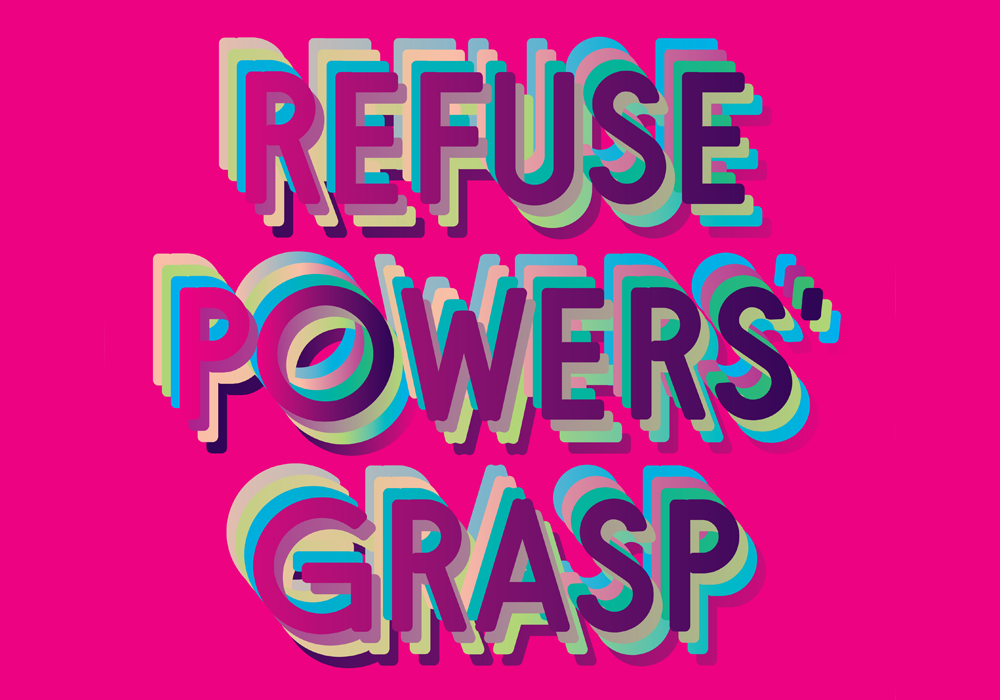
Over 3 days Episode 8 celebrates all the unruly ways we escape attempts to constrain us, tear down the walls of normative culture and build joy in flight.
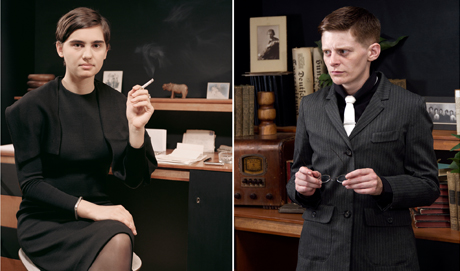
Seven women recite monologues composed from texts from the vibrant years of the Weimar Republic. A kind of cultural echo: an experience of histories brought to the present.
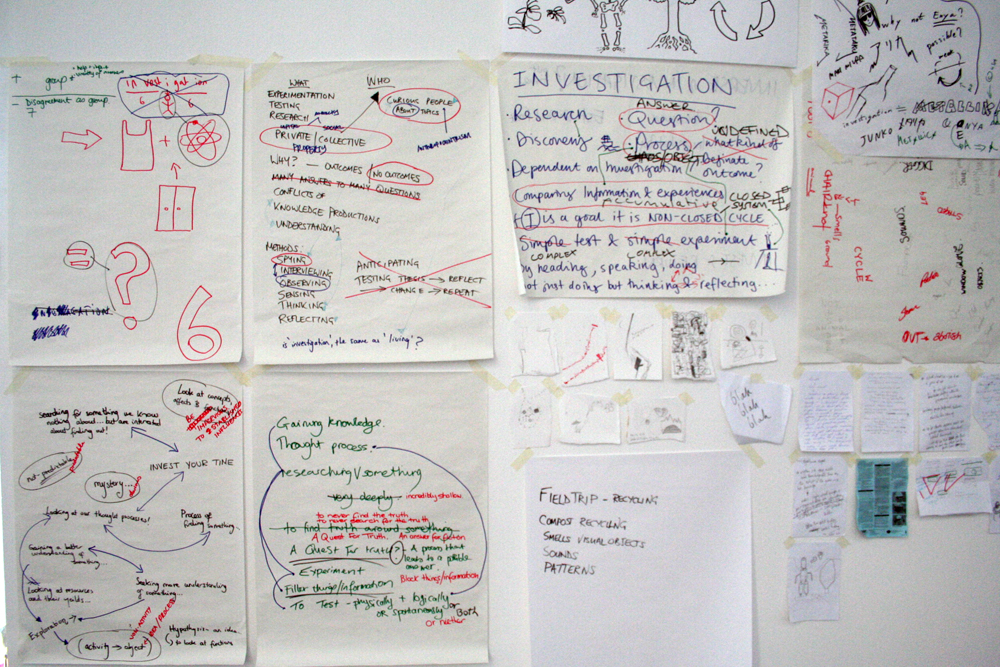
Summing up of the investigations with a reflection on what has been done that week and what could be done the next.